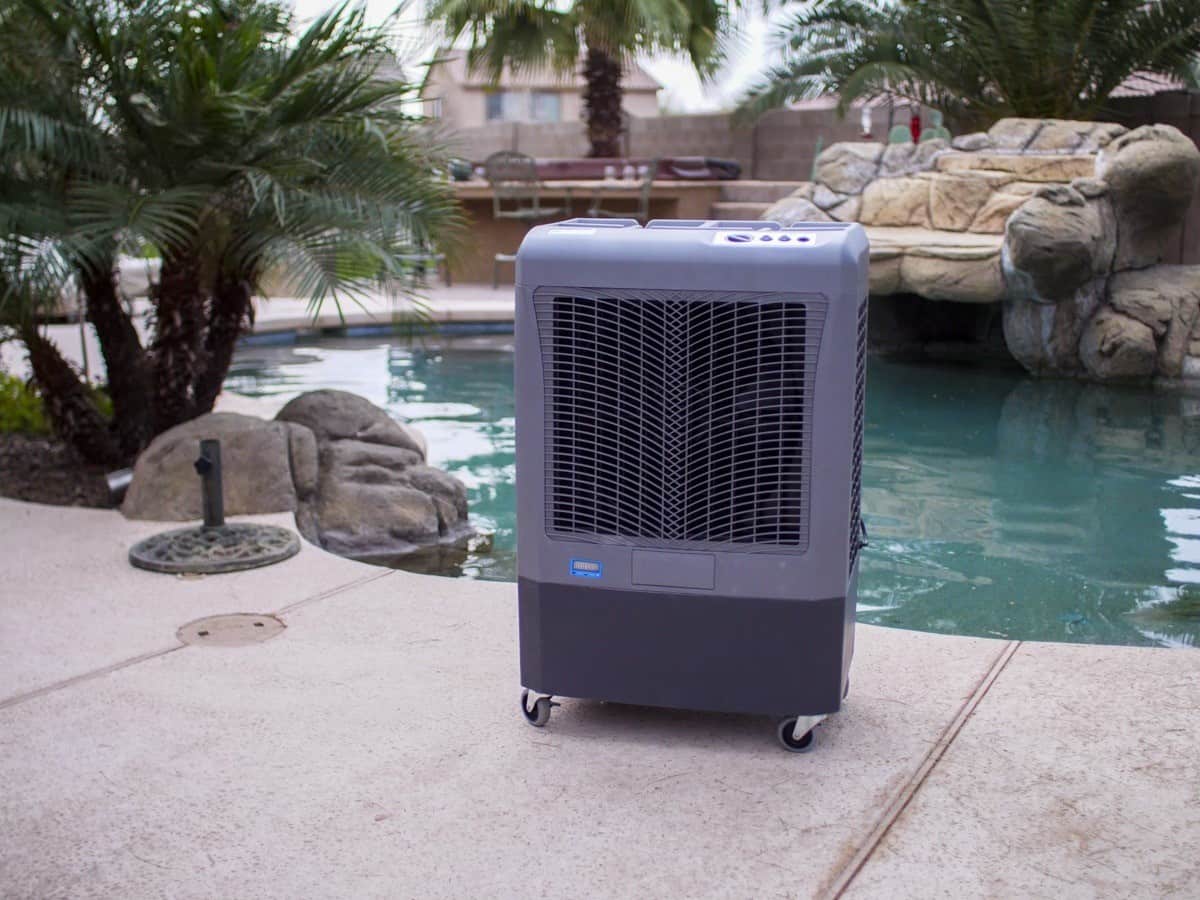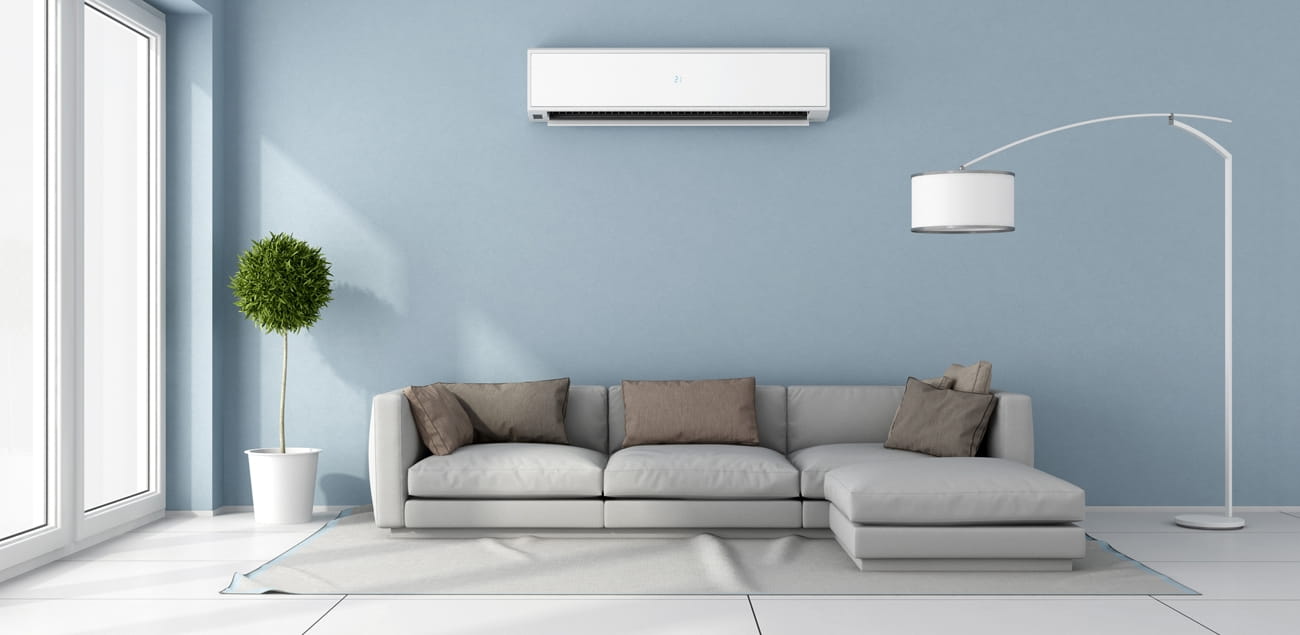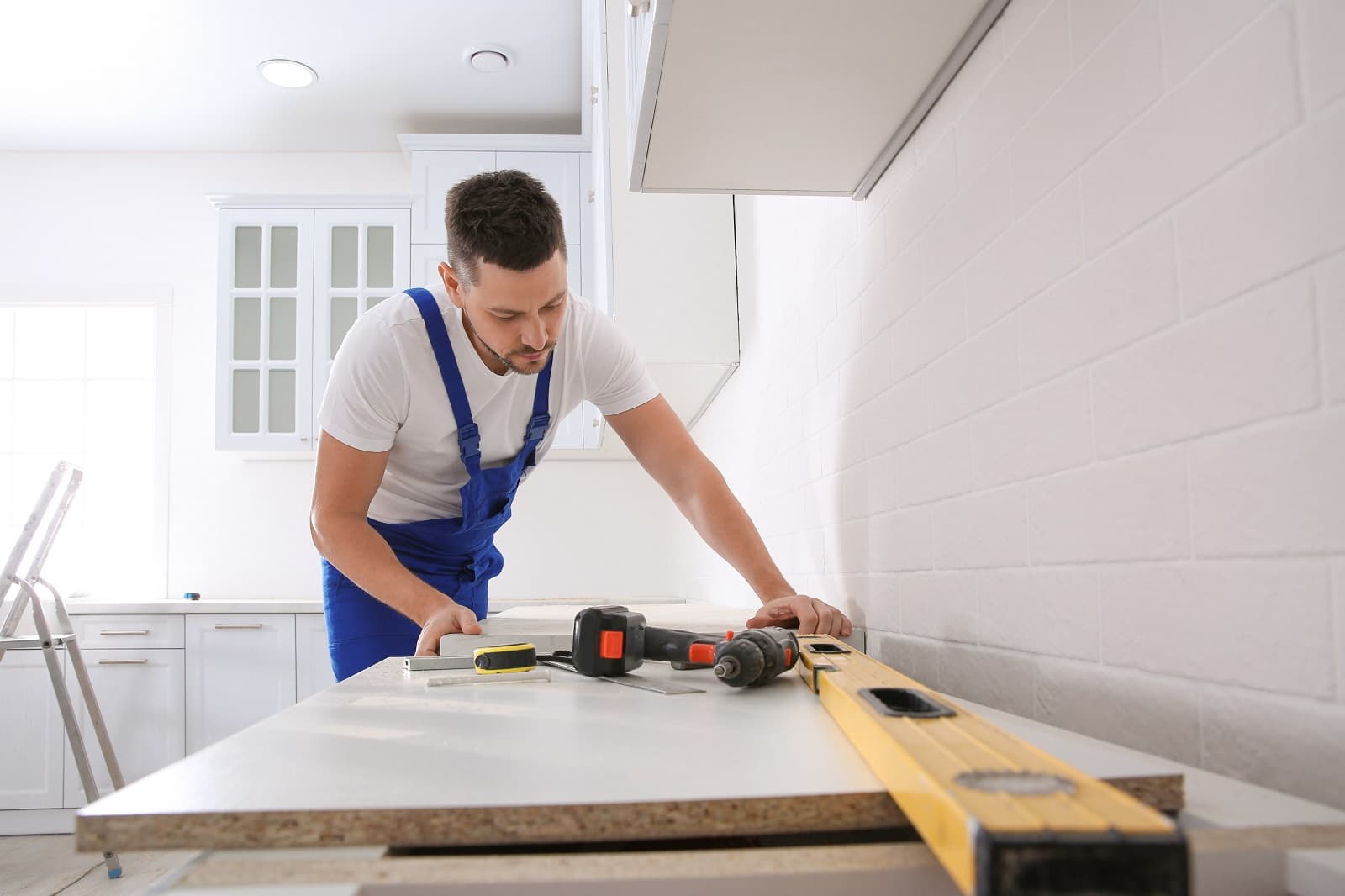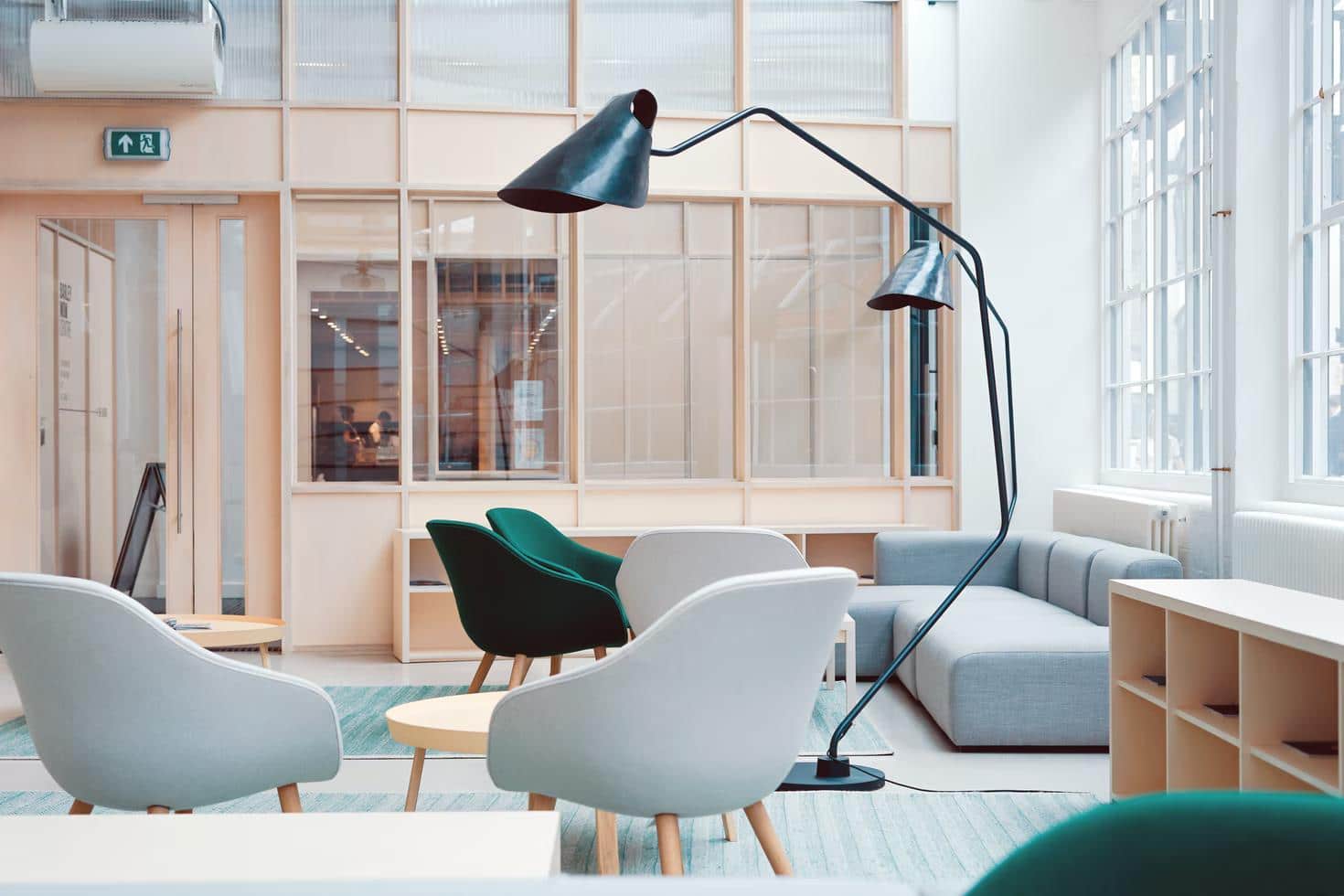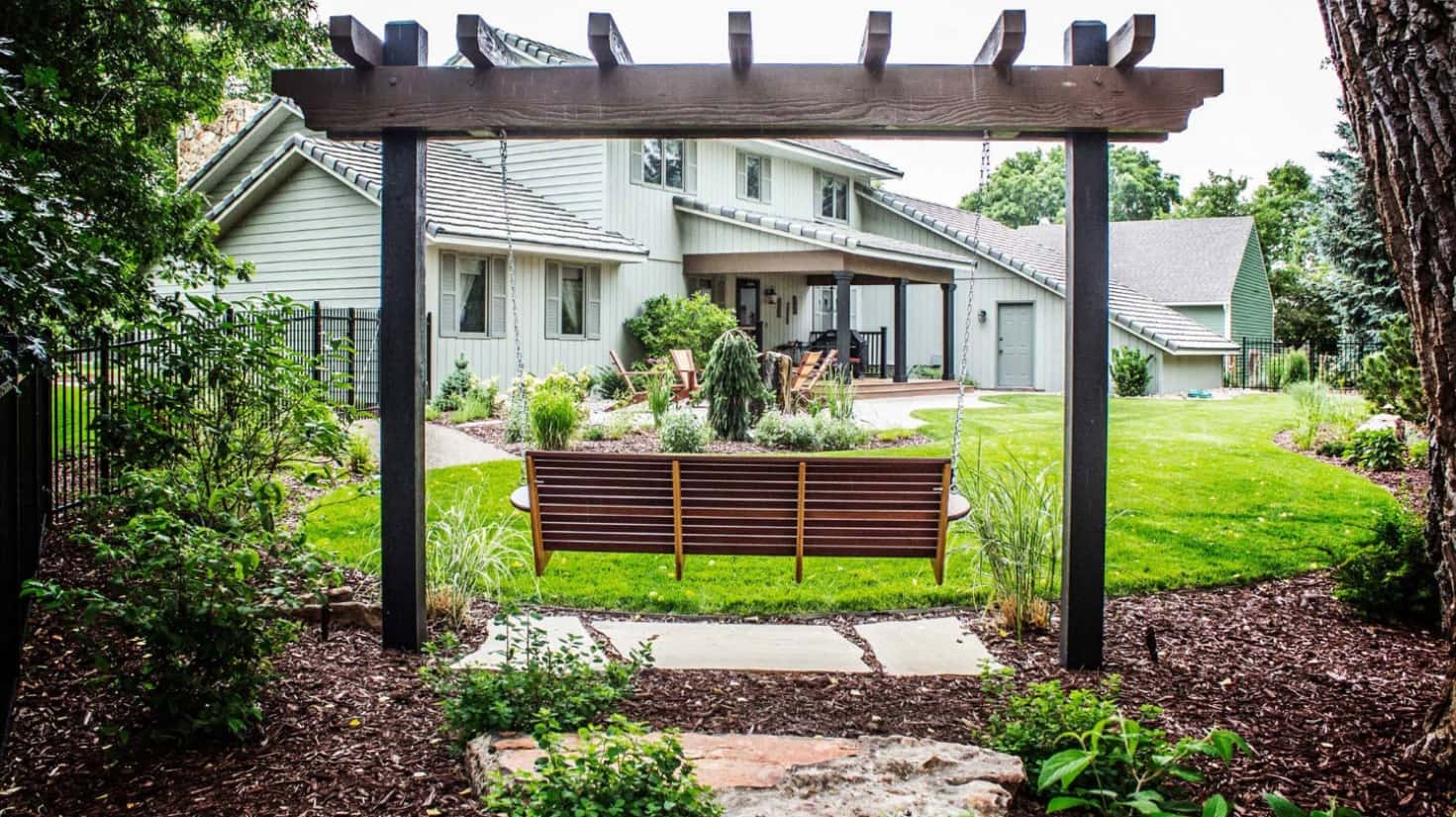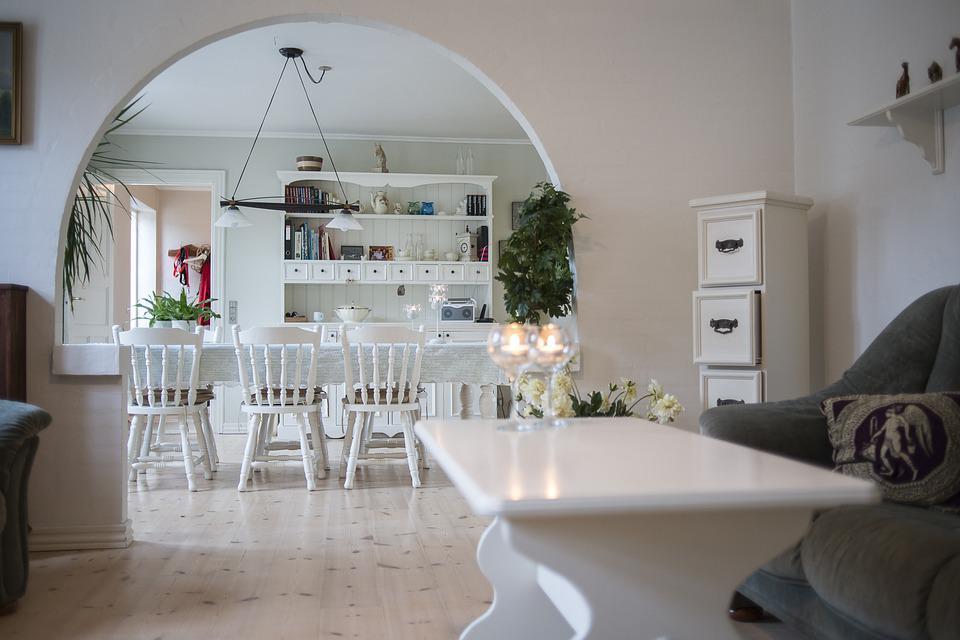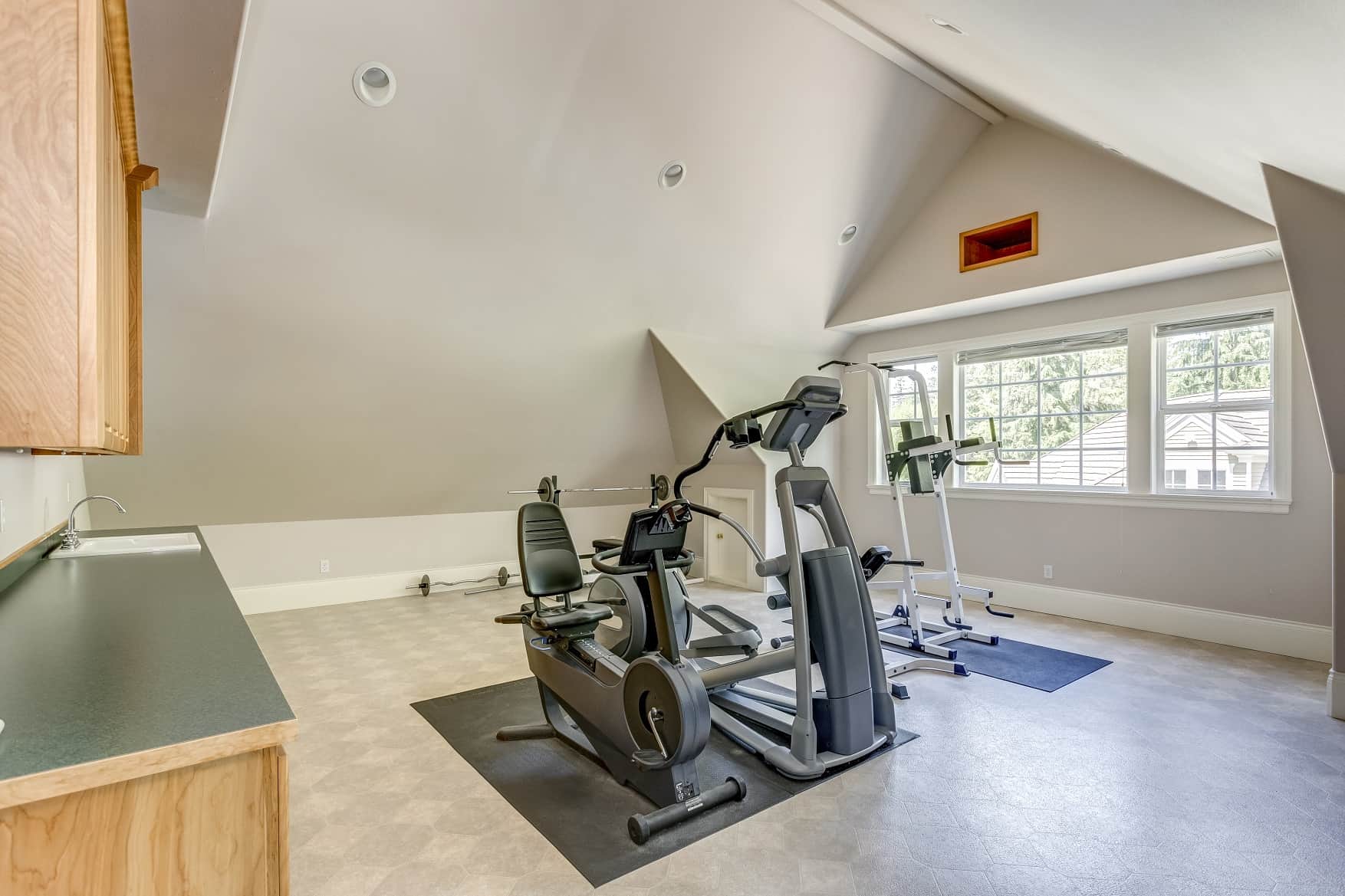Evaporative cooling and refrigeration-style air conditioning both provide comfort on hot days. However, they differ in how they handle humidity, so evaporative cooling is better in some areas of the country while air conditioning is better in others. In some cases, it may help to have both systems to ensure comfort year-round because of a distinct change in weather. Evaporative coolers, also called swamp coolers, use a fairly simple process to deliver cool air to your home, and the environment definitely affects how well they get the job done.
Photo by https://www.swampcoolers.com/types-of-evaporative-coolers/
How Do Swamp Coolers Work?
Swamp coolers take warm air and run it through pads that are cooled by cool water. These pads cool that air down and send it back out into the cool room. Water enters the unit through a valve connected to your home’s water supply; when the water level inside the cooler reaches a certain point, float signals to the cooler to shut off the water intake. The water is pumped up to the pads to ensure all of the pads are damp and cool. As warm air enters the cooler, it’s sent through the pads, and a blower motor sends the cool air out of the cooler. If you’ve ever used the trick of placing a bowl of ice in front of a fan to get some cold air, you’ve used a very basic version of evaporative cooling.
This is where the environment and weather play roles in how well swamp coolers work. When that warm air passes through the cool pads, the air cools down, but it doesn’t dry out. In fact, it can become a little moister. That means that the air sent back out into the room can add to the general humidity level in the room. Contrast that with refrigeration-style air conditioning, which removes moisture and makes the air drier, and you have the reason why evaporative cooling is better in specific regions and climate conditions.
What Type of Climate is Required for Swamp Coolers to Work Best In?
Swamp coolers are excellent for very dry regions because the coolers add humidity to the air. Think about how dry places like Arizona and southern Nevada can get, not just in terms of rainfall, but in terms of humidity. You really wouldn’t want to use refrigeration-style air conditioning during the arid seasons there because those systems would remove more moisture, making the air rather unbearably dry. When the humidity in your home gets too low, that’s when your skin can dry out and feel chapped, and your skin can feel constantly irritated. Your nasal passages and throat may feel too dry, too. A swamp cooler provides more humidity, which makes your skin and lips feel less chapped and more comfortable.
Swamp coolers do not work well in humid areas. You would not want to use a swamp cooler in southeast Texas, for example, because the summers there are terribly humid and wet, and you need an air conditioning system that removes moisture from the air. You would want powerful refrigeration-style air conditioning there, or in any humid area.
Another issue to consider is that the level of humidity also affects how easy it is to cool down a room. That’s why air conditioning removes humidity, as that’s part of its cooling process. If swamp coolers send humid air into a humid room, the cooling won’t feel as effective.
In south-central Arizona, the climate is dry most of the time. (It can become humid during monsoon season; more on that later.) Because the heat can be so intense, you’re going to have on whatever cooling system you use most of the time for several months, even at night. That means you need to consider your utility bills as well.
Do I Want to Invest in a Swamp Cooler or a Standard Air Conditioner?
Because you’re going to have your cooling system on so much, you need something that is cost-effective. Swamp coolers are much less expensive to run than refrigeration-style air conditioning, so if you run a swamp cooler for days on end, the resulting utility bill won’t be as high as it otherwise might be. Swamp coolers are also less expensive to install in many cases.
In general, the bottom line is that you want a swamp cooler in very dry, arid regions with low humidity, and you want refrigeration-style air conditioning in regions that become more humid. So, in Phoenix, Tucson, and similar cities, a swamp cooler could be more beneficial.
Note, however, that while south-central Arizona is very, very dry throughout much of the year, especially at the beginning of summer, it can become very humid once the monsoon season starts. Your swamp cooler would work very well during those first summer months, but possibly not as well on days when monsoon storms hit. Because the monsoon season is not that long, and the humidity is more of an issue when storms are present, installing a full air conditioning system is likely too much. Instead, keep a portable air conditioning unit on hand to roll out on those days when the humidity is higher.
If your air conditioning is ready for replacement, consider installing a swamp cooler in its place. The combined effect of cooler and moist air will make your home much more comfortable during the long, hot, dry Arizona summer. Contact Premier Industries, experts in Phoenix evaporative coolers, to find out more about swamp cooler installation and operation.

